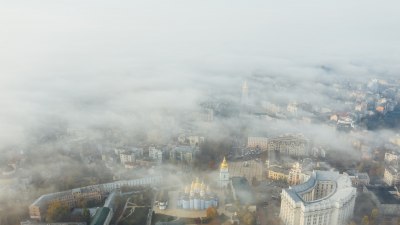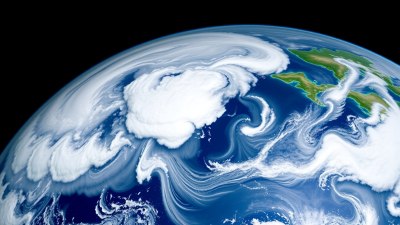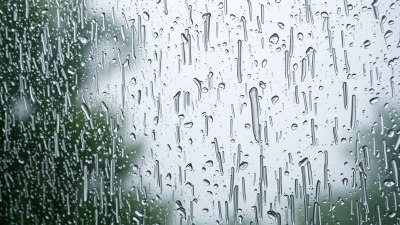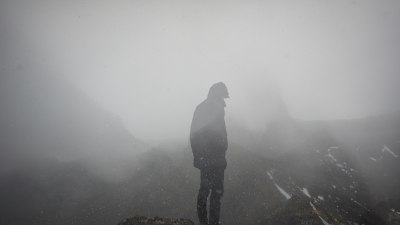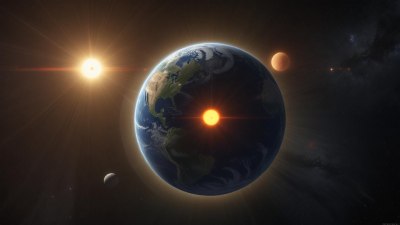Why the Arctic Is Warming Faster and What It Means for Global Weather
Explore how rapid Arctic warming affects global weather patterns and climate change implications.
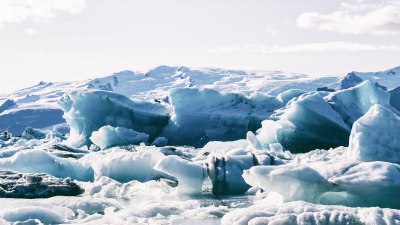
The Arctic region is experiencing significant changes that are raising alarms among scientists and environmentalists alike. This phenomenon of accelerated warming in the Arctic is not just a regional concern; it has profound implications for weather patterns globally. Understanding the causes of this rapid warming and its potential effects on the Earth’s climate system is critical for forecasting future environmental conditions.
One of the key reasons the Arctic is warming faster than other regions is known as the 'Arctic Amplification' effect. This term describes how warming in the Arctic leads to additional warming, creating a feedback loop. As temperatures rise, the extent of sea ice diminishes. Ice, which reflects sunlight, is replaced by water, which absorbs heat. This change not only raises local temperatures but also contributes to global warming.
An important aspect of this rapid warming is the loss of sea ice. Over the past several decades, Arctic sea ice has declined dramatically, with satellite images showing a stark reduction in ice cover. In September 2020, the Arctic sea ice minimum extent was recorded at nearly 40% below the average of 1981 to 2010. The implications of declining sea ice are far-reaching, affecting marine habitats, weather systems, and even global climate patterns through altered ocean currents.
Another contributory factor to Arctic warming is the increase in greenhouse gases in the atmosphere. The burning of fossil fuels, deforestation, and industrial activities have led to higher concentrations of carbon dioxide and methane. These gases trap heat, raising global temperatures. The Arctic, being more sensitive to these changes, experiences accelerated warming compared to lower latitudes.
The loss of permafrost is also linked to the accelerated warming of the Arctic. Permafrost, ground that remains frozen for two or more consecutive years, is thawing due to rising temperatures. The thawing of permafrost releases stored carbon into the atmosphere, primarily in the form of greenhouse gases. This further exacerbates climate change, creating another feedback loop that accelerates warming.
Temperature anomalies in the Arctic can influence weather patterns across the globe. For instance, as Arctic temperatures rise, the Jet Stream, a powerful river of wind in the upper atmosphere, is altered. This alteration can lead to more extreme weather events such as prolonged cold spells, heatwaves, and heavy rainfall in regions far beyond the Arctic. Studies have shown connections between changes in Arctic temperatures and unusual weather patterns across Europe, North America, and Asia.
The phenomenon of 'blocking' high-pressure systems is another example of how Arctic warming can influence global weather. These systems can become stationary due to the weakened and wavering Jet Stream, leading to prolonged periods of unusual weather, such as extended droughts or excessive rainfall. The increased frequency of such blocking patterns may result in drastic changes in agricultural productivity, water availability, and even natural disasters.
Moreover, the changing conditions in the Arctic are impacting the migratory patterns of various species. For example, fish populations are moving northward in search of cooler waters, affecting fishing industries and ecosystems. Changes in the migratory routes of birds and other wildlife are also reported, with some species struggling to adapt to the rapid changes in their habitats.
The socio-economic implications of Arctic warming are equally significant. Indigenous communities that have relied on the Arctic environment for generations are facing unprecedented challenges. As the sea ice melts, traditional hunting grounds are becoming less accessible, impacting food security and cultural practices. Additionally, the looming threat of increased shipping activities through newly opened Arctic sea routes poses risks to marine ecosystems.
Climate scientists are sounding the alarm, emphasizing the urgency of addressing the root causes of Arctic warming and, by extension, global climate change. International agreements such as the Paris Accord aim to limit warming to well below 2 degrees Celsius above pre-industrial levels. However, achieving these targets requires immediate and coordinated global efforts to reduce greenhouse gas emissions, transition to renewable energy sources, and enhance carbon sequestration.
Public awareness and education play a crucial role in combating climate change. Engaging communities in discussions about the effects of Arctic warming can lead to greater advocacy for sustainable practices and policies. Understanding that the impacts of Arctic climate change are not confined to the poles but affect the entire planet is essential for fostering a proactive approach to climate solutions.
In conclusion, the Arctic is warming at a pace much faster than other regions of the world due to a combination of feedback loops and human-induced climate factors. The consequences of this warming extend beyond the Arctic, influencing global weather patterns, ecological systems, and socio-economic structures. Acknowledging and addressing these changes is imperative for the survival of vulnerable ecosystems and human populations alike. As the world continues to grapple with the ramifications of climate change, the lessons from the Arctic remind us of our interconnectedness and the urgency to act decisively for our planet's future.
